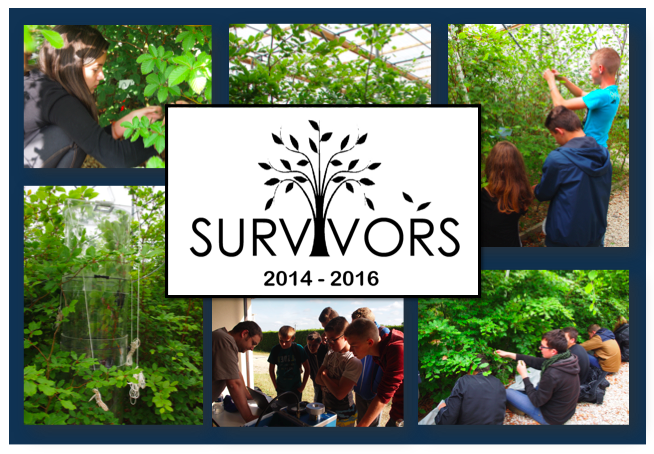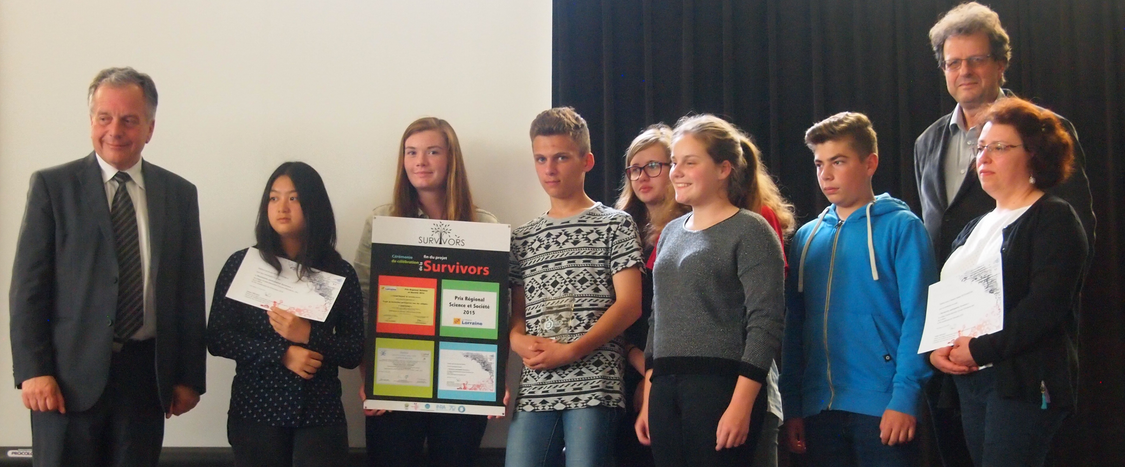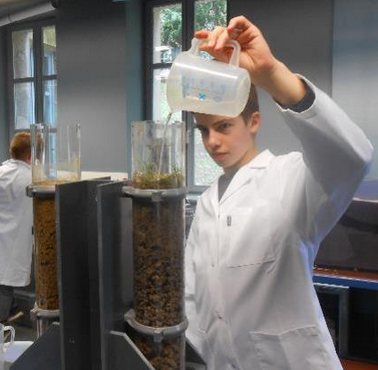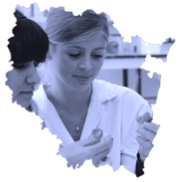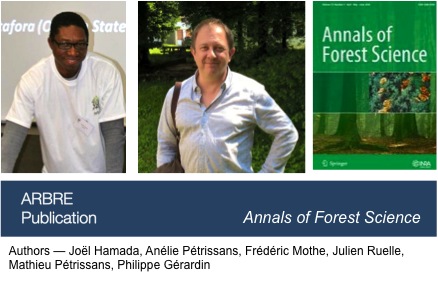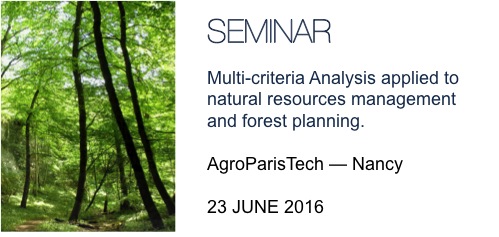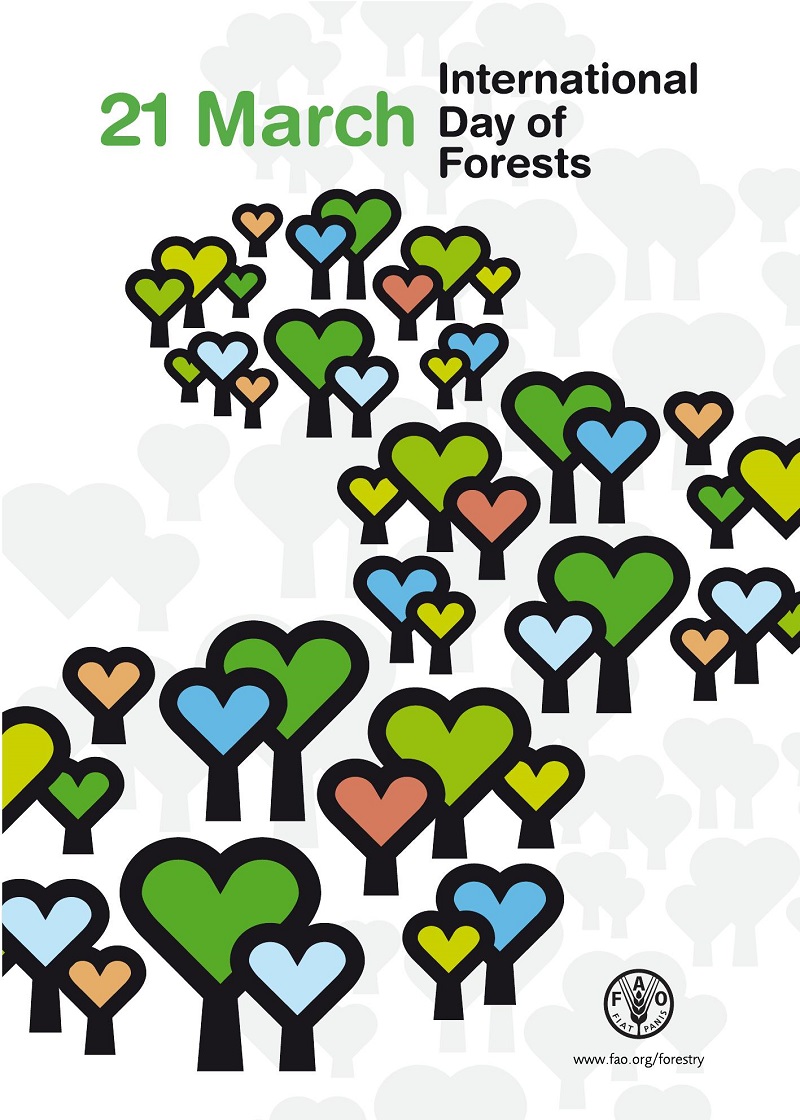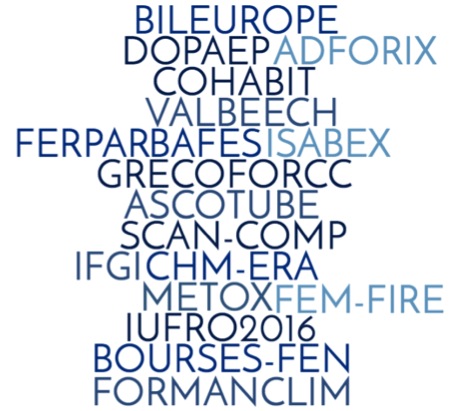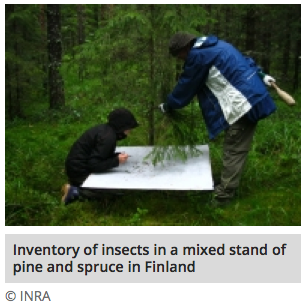
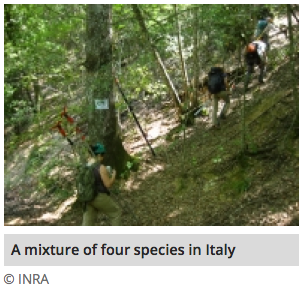
The homogenization of forest ecosystems and the decline in tree diversity are diminishing the ability of forests to supply essential ecosystem services such as wood production or carbon storage. A collective of European research scientists, involving INRA and CNRS has just published these findings in the Proceedings of the National Academy of Sciences (PNAS). Their results are based on a comparative modeling approach applied to forests in six European countries.
During recent decades, human activities have led to the extinction of numerous species, at both the local and global levels. In parallel, these activities, such as agricultural and forest plantations, and the introduction and expansion of exotic species, have also generated an increasing homogenization of ecosystems at a global scale, in terms of their composition in plant and animal species. This biotic homogenization phenomenon is sometimes referred to as the “MacDonald’s effect”, by analogy with large shopping centers that are increasingly being dominated by a small number of franchises, leading to a standardization of supply and a drop in quality. In European forests, the decline of tree diversity and biotic homogenization are two very widespread phenomena. However, although numerous scientific studies have focused on the effects of species depletion on human well-being, no research had previously demonstrated the consequences of biotic homogenization with respect to the diversity of ecosystem services, benefits that are generated for human societies by natural ecosystems.
By means of a major European collaborative project involving 29 research teams (FunDivEUROPE), the scientists combined data on forests in six countries (Germany, Spain, Finland, Italy, Poland and Romania). They first of all collected a large quantity of data on the different functions and services fulfilled by forest ecosystems, before using computer simulations to test the effects of biotic homogenization and the decline in tree diversity on the ability of forest ecosystems to assure sixteen essential functions, such as the production of construction timber, carbon storage, pest resistance or maintaining bird diversity.
Their study showed that the effects of the decline in tree species are very variable, while under almost all the scenarios studied, biotic homogenization is having a negative impact on the ability of forests to supply numerous ecosystem services. This can be explained by the fact that not all tree species supply the same services to the same degree. For example, in Polish forests, the European spruce produces construction timber of very good quality, while hornbeam forests foster the presence of a diversity of plants that will be favorable to ecotourism, for example. Landscapes that comprise different types of forest are thus more capable of supplying a diversified range of ecosystem services than those where forests are dominated by the same tree species.
These effects suggest that minimizing the “MacDonald’s effect”, for example by preventing invasion by exotic species or using a broader diversity of trees in forest plantations, might favor the multifunctionality of forests and thus find a response to environmental, economic and social demands.
For more information ..
THE FUNDIVEUROPE PROJECT
FunDivEUROPE (Functional Significance of Forest Biodiversity in Europe) is a European collaborative project that aims to quantify the role of forest biodiversity in the functioning of ecosystems and the supply of goods and services in the principal types of European forests. The consortium involves 24 partner institutions in 15 countries, coordinated by the University of Freiburg (Germany). The project was initiated in 2010 and funded under the 7th EU Framework Programme (FP7). http://www.fundiveurope.eu




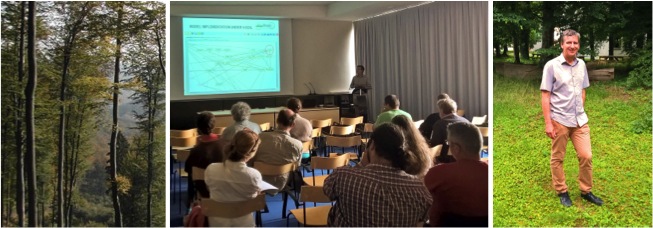
![visuel-AnaEE-france[596x265][transp]](https://mycor.iam.inrae.fr/ARBRE/wp-content/uploads/2016/06/visuel-AnaEE-france596x265transp.png)
